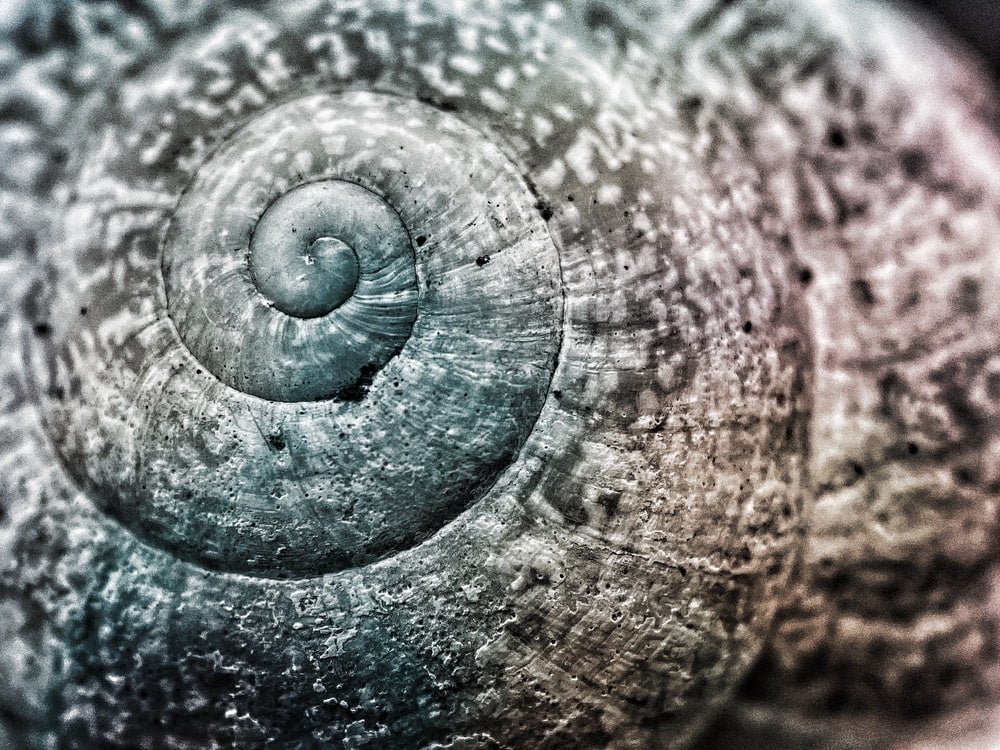
A fractal is a recursively created never-ending pattern that is usually self-similar in nature. Separate from Euclidean geometry, fractal geometry addresses the more non-uniform shapes found in nature, such as mountains, clouds and trees.
Fractals provide a systematic method to capture the “roughness” of some objects. This method to capture roughness has uses in a wide variety of fields ranging from programming to medicine.
Here in the Faculty of Mathematics, students and researchers are actively working on fractal geometry. Check out researchers like William Gilbert, professor emeritus in the Department of Pure Mathematics, and the Waterloo Fractal Coding and Analysis Group.
Join us as we explore the top five applications of fractals.
- Fractal cities. Some cities tend to grow in fractal patterns over time and are called fractal cities. As a large fractal city absorbs its neighbouring towns and villages, the pattern developed resembles a self-similar structure that seems random at first but is a dynamic network that may prove to be more efficient than modern “pre-planned” cities.
- Fractal medicine. Knowledge of fractals is especially useful in medical diagnoses, including for cancer. Since healthy human blood vessel cells typically grow in an orderly fractal pattern, cancerous cells, which grow in an abnormal fashion, become easier to detect. This form of fractal analysis makes distinguishing between healthy cells and signs of concern much easier.
- Image compression and resolution. Since fractals allow us to convey seemingly random patterns with little data, working with image resolution and even 3D model creation becomes hugely data-efficient using fractal image coding (FIC) and other applications.
- Antennas. The typically self-similar nature of fractals is also helpful in creating and operating antennas. Curves like the Hilbert curve can be used to design high-performance and low-profile antennas. When they are combined with EM radiation concepts, multi-band antennas can also be operated. Read more here.
- Art. The simplistic to the complex range of rules that govern fractal creation are downright alluring for artists. For example, the Mandelbrot set is well known for providing different “scenes” based on the colour scheme used for its display.
By the Numbers is a weekly series that reflects on the lighter side of student life, research, and innovation in the Faculty of Mathematics at the University of Waterloo. Stay tuned to this space for the next instalment.